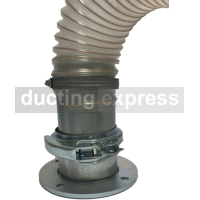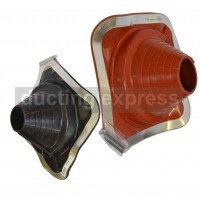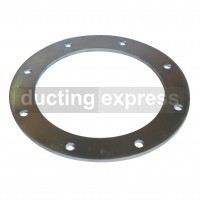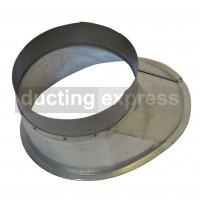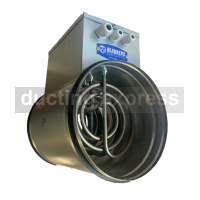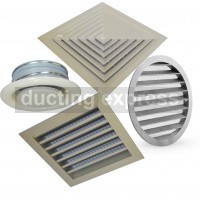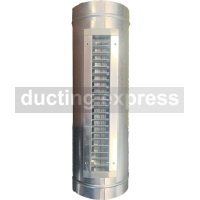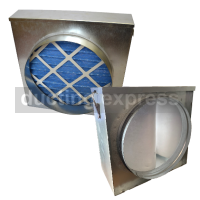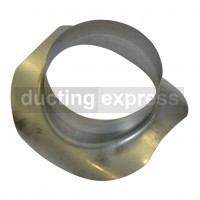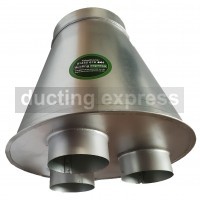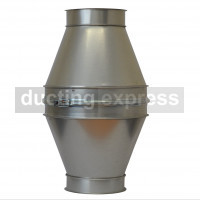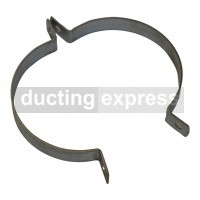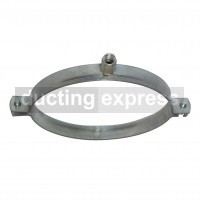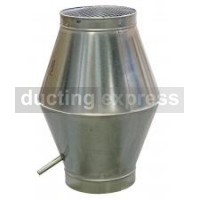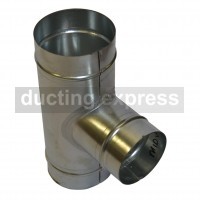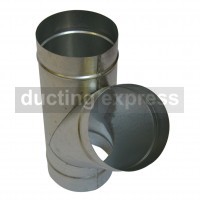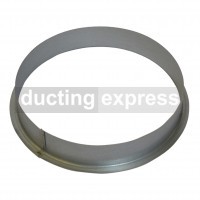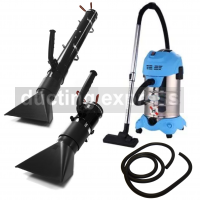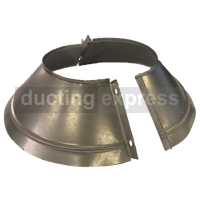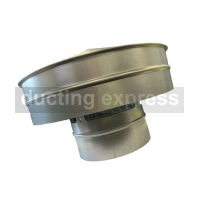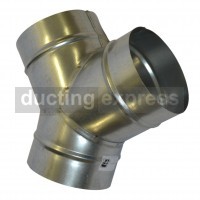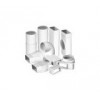Ducting & Fittings
What Are Ducting Fittings and Why Are They Needed
While building a ducting system it is impossible to have only straight lines. However, you are bound to have a corner and other connection points between two ducts. Those curves and connections are achieved thanks to ducting fittings. Based on your type of ducting, you will have to use the corresponding fittings.
Various fittings according to the material they are made from:
- Galvanized steel
- Aluminium
- PVC/CPVC
Various ducting fittings according to the size of the ducts
- 150mm
- 120mm
- 100mm
- 80mm
Those are just the standard ones, but there are ducts on the market from 63mm in diameter to 1250mm.
There are also fittings for the different types of ducting:
- Round
- Square
- Flat
There is only one type of ducts that won’t need as many fittings as the others, because it can bend around corners. No other than flex ducting, of course. However, you will still need some connection points. At least a grill or louvre.
Ducting fittings also give you the option of connecting different sizes of ducting. You can easily go from 150mm duct to 120mm duct with a fitting specifically made for this application. This comes useful while designing your system. If you already have a 120mm duct built in the wall, but you need to connect that to a 100mm vent for one reason or another, you will be able to do so with a duct fitting. A concentric reducer, to be more specific.
Reducers are needed when we have a duct that moves a certain amount of cubic feet per minute (CFM) of air, but we have two outlets in the duct, taking out some of that volume. Now we are left with less volume of air running through that duct, but if we keep the same size, we will lose some of the speed, measured in feet per minute (FPM). In this scenario, if we use a reducer and continue the ducting with a smaller size duct, we will be able to keep the same flow.
In situations like this one, ductwork fittings come extremely useful. There are many different fittings on the market each and every one of them designed for different uses.
Different Kinds of Duct Fittings and their Application
Let’s start with the bends. There are four types of bends (30°, 45°, 60°, 90°) depending on their angle. Bends are used to give the ductwork a different direction.
Another metal duct fittings with different angles are the T-pieces. They are used for when you need to split a single duct from your main one. You have the option for a 90° T-piece or a 45° one, depending on your situation. There are also various sizes, for instance, a 100mm main duct, that splits an 80mm duct from the side. We can’t skip the Y-pieces. Y-pieces are metal duct fittings used to split a single duct into two separate ones and it does that in a 45° angle. Sizes in stock vary from 80mm to 710mm wide. For spiral ducts, there are spiral duct fittings available.
Sometimes, you don’t need to split a duct, you need to connect it with another one. In such cases, you can use connectors. They can be male or female, depending on whether they go inside the duct or around it, and of course with different sizes, according to the ducts you are using. If you want to connect ducts that differ in sizes, you will need a reducer.
When you need to put an endpoint in the ductwork, you can use a cap to simply shut it sealed. If it is pointing outside from a wall you can use bird beaks. The good thing about those is they come with a metal mesh that prevents birds from entering and nesting in your ducts. Weather cowls are used when your duct points out from a ceiling, it prevents water and snow from draining in your ductwork. In such case, you can also benefit from dektites, which are duct fittings designed to create a watertight and weatherproof seal around the pipe. Grilles and louvres are end-points that will be visible from inside the facility.
Those are the fittings that are used mostly. We also have different collars, flat shoes, curved boots, flanges, clips and access doors each fitting different applications. Inline heaters and filters are also duct fittings that provide extra benefits, heating or filtration of the air passing through. Dampers are another type of inline fitting, that can reduce the airflow, not to blow out those vents at the ends of the ductwork.
They all come as an integral part of any duct system because in some scenarios you will have to meet regulation regarding the flow speed and the amount of air pulled out and pushed back in the facility. Even if you are not obliged to meet such regulations, you will want your HVAC to work on optimal levels.
-

Express Duct Clipped Ducting
-

30 Degree Bend
-

45 Degree Bend
-

60 Degree Bend
-
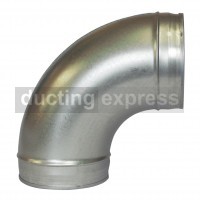
90 Degree Bend
-
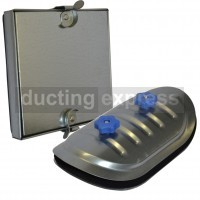
Access Doors
-
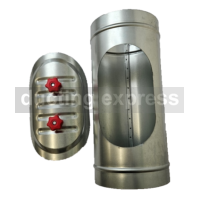
Spiral Duct Access Door Adapter
-
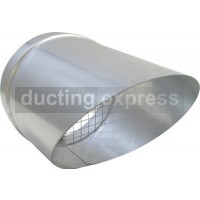
Bird Beak With Mesh
-
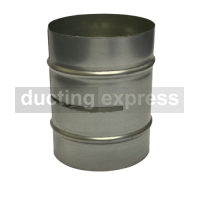
Blast Gate Damper Spiral & Flex Adapter
-
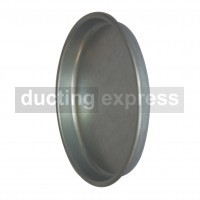
Cap Ends
-
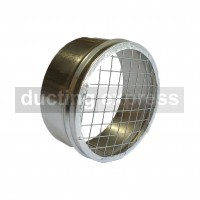
Cap Ends With Mesh
-
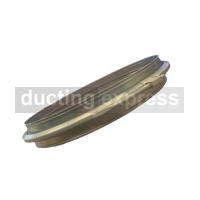
Circular Flange Rings (Spiralmate Flanges)
-
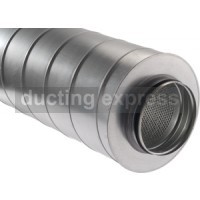
Circular Sound Attenuators
-
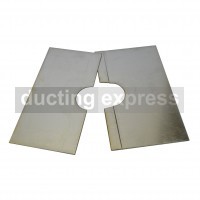
Cloaking Plates
-
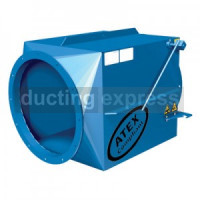
CARZ Dampers
-
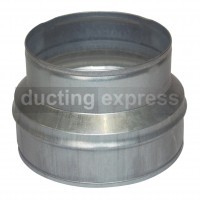
Concentric Reducer
-
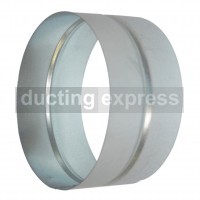
Connectors Male & Female
-
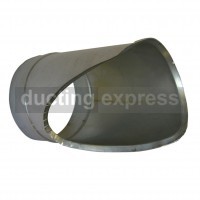
Cut In Collar Saddle 45 Degree
-
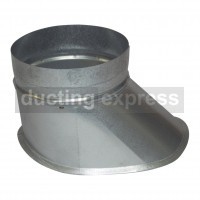
Curved Boot 90 Degree
-
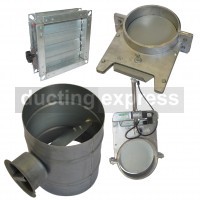
Dampers
-

Flange To Flex Quick Release Adapter
-

Dektites
-

Flat Bar Flanges
-

Flat Shoe
-

Inline Duct Heaters
-

Grilles & Louvres
-

Grille Sections
-

Inline Filter Box
-

Pressed Saddles
-

Rocket Booster
-

Spark Traps
-

Spiral Ducting
-

Split Clips
-

Suspension Clip
-

Swedish Cowl
-

T-Piece 90 Degree
-

T-Pieces 45 Degree
-

Top Hat Spigot
-

Vacuum Kits
-

Weather Collars
-

Weather Cowls
-

Y-piece 45 Degree
-

Plastic Ducting
